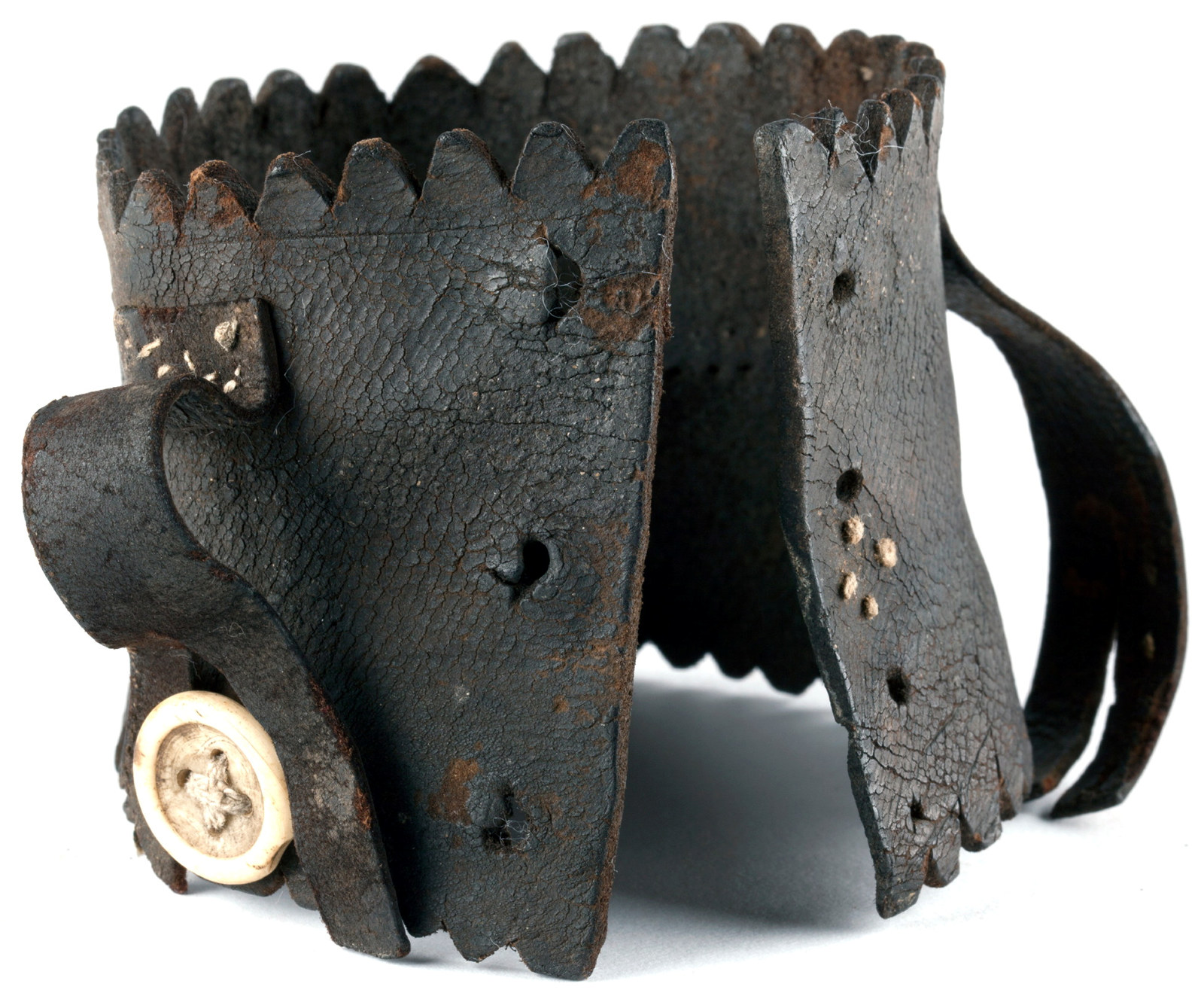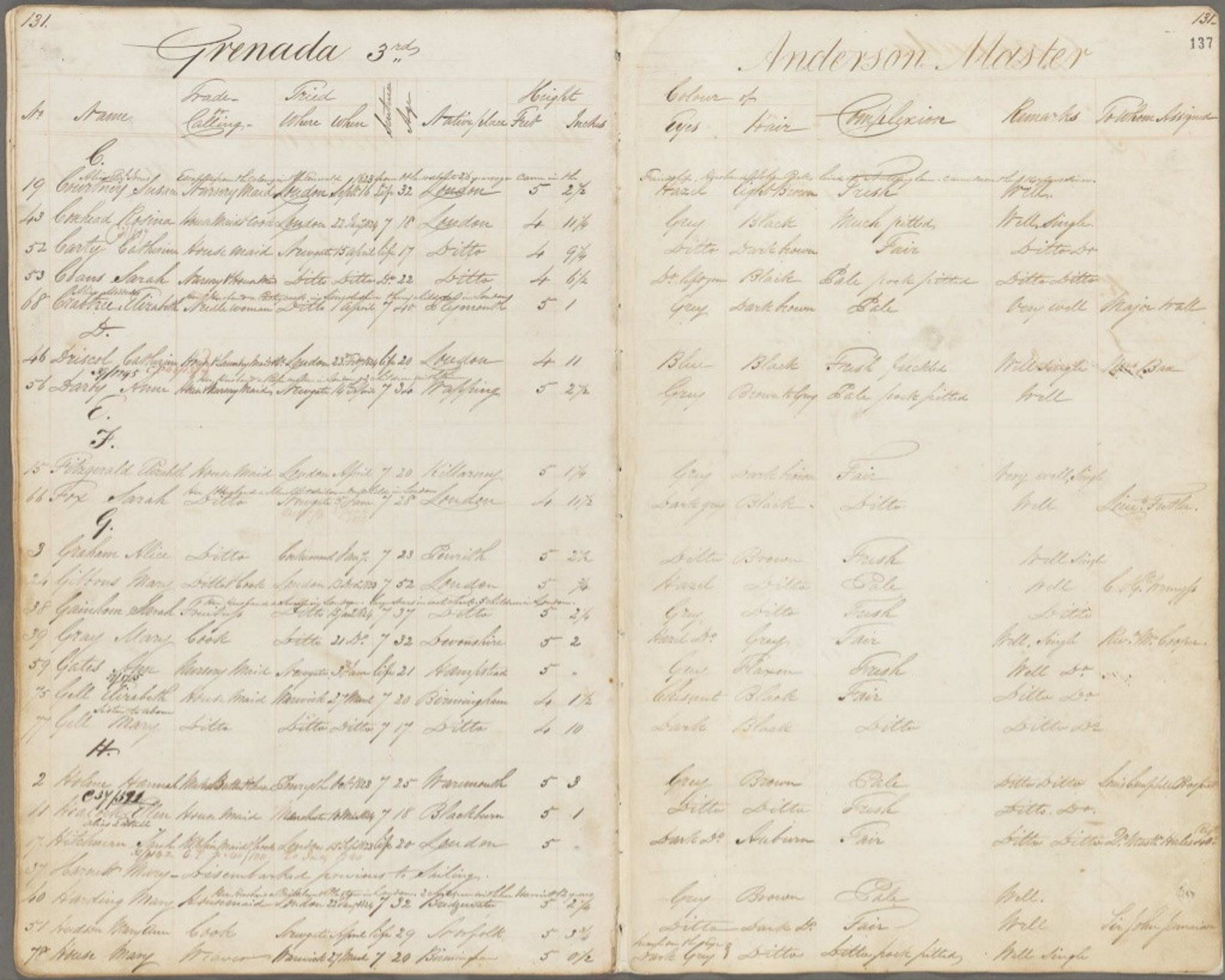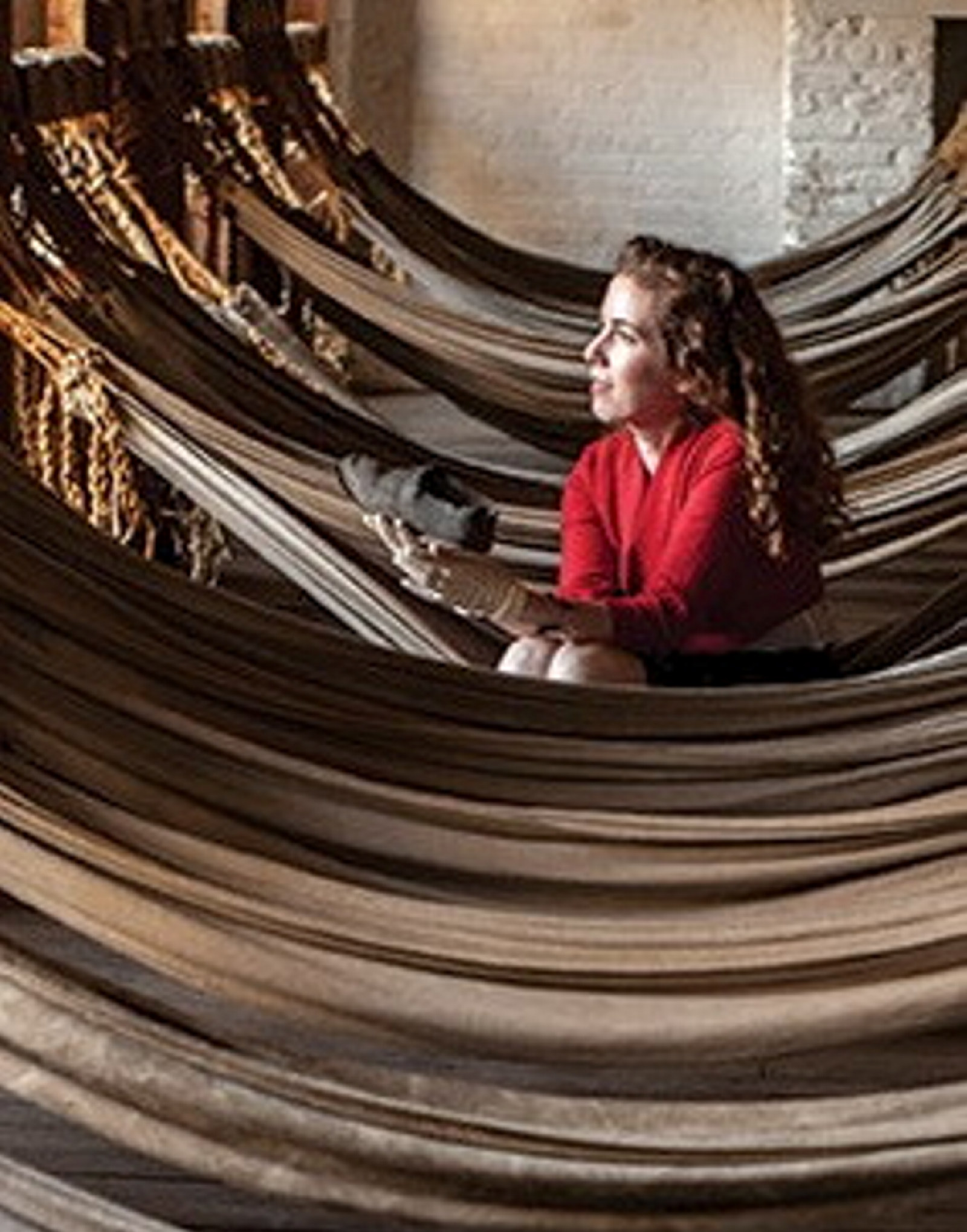Up in smoke: clay tobacco pipes
From the earliest days of the colony, Sydney-siders smoked them, broke them, and discarded them into drains, rubbish piles, work sites and hidden cracks and crevices of buildings. So now, when archaeologists dig at historic sites around Australia, the humble clay tobacco pipe is one of the most commonly found objects.
In the early 1980s, archaeological excavations at three of the our properties uncovered some of the most extensive and important collections of colonial ‘rubbish’ in Australia, including thousands of pipe fragments.
The quantities found at these sites tell us that clay pipe smoking was once hugely popular, and of course, addictive. The Sydney Gazette reported in April 1832 that eight or nine out of ten laboring men smoked a pipe. To cater for this mass market, there were 11 early colonial local pipe manufacturers in Sydney, but from the 1830s and 1840s, imported pipes took over. In 1836 over one million pipes were imported and by the 1880s there were many millions of pipes arriving in shipments from Europe.
These commonplace but curious little objects often have much to tell us - about when they were manufactured, when they were smoked and the age of the rubbish found around them. They even reveal clues about the interests and social situation of the people who smoked them. At the First Government House (now the site of Museum of Sydney), excavations revealed a few rare fragments of pipes left behind by convict workers who constructed the buildings in 1788-1789. In other areas of the site, pipe fragments dated from between 1828 and 1844 point to activities around the house and outbuildings in its later years. Records of pipe importation to the colony indicate that the Scottish and Dutch pipes found around the site were probably smoked and deposited after the demolition of the house in 1845.
Up the hill at Hyde Park Barracks, smoking would have been a welcome (although illicit) relief from the brutality and drudgery of convict life. Tobacco was not part of convict rations but was an important black market commodity, used for tipping, bribery and barter amongst the convicts and staff. Convicts even had their own ‘Flash’ language slang words for tobacco - ‘weed’, and pipe - a ‘steamer’. Some 1500 of the 4000 ‘steamer’ fragments found at the barracks were probably smoked, dropped and rolled through the floorboard cracks during the convict period. We can say this because they bear the moulded marks of early nineteenth century local makers such as Jonathon Leak, William Cluer, and Joseph and Samuel Elliott.
By the 1860s, the term ‘smoko’ had entered the colonial language, meaning to take a short break from work to smoke. At this time, the Sydney Royal Mint was in full swing, processing the colony’s gold into coinage. The Mint workers seem to have enjoyed their ‘smokos’ on the back verandah of the 1811 hospital building, which had been converted into a Bullion Office. Archaeological excavations beneath the floorboards on this site revealed hundreds of pipe fragments
While the Mint workers were having their smokos, next door on the top floor of the Hyde Park Barracks, by then converted into an asylum for destitute and elderly women, smoking was also a favourite pastime. Masses of pipes and matchboxes recovered from under the floorboards of the stair landing on level three tell us that this was the popular smoking place for the asylum women, who lived in the surrounding rooms. They were allowed a fig of tobacco each with their weekly ration, so these aged, ill and destitute women, smoking was permitted to help ease their pain and the boredom of institutional life.
Read more

Convict Sydney
Leg Iron Guard
A stunning example of an improvised handicraft, this leather ankle guard or ‘gaiter’ was made to protect a convict’s ankle from leg irons

On This Day
10 Sep 1823 - escapee re-transported to NSW
On the 10th of September 1823 Susan Courtney was tried in England for returning from transportation
Published on
